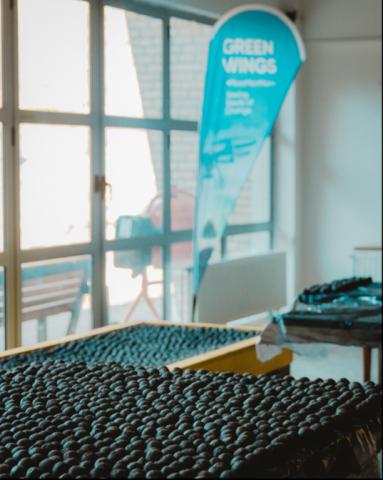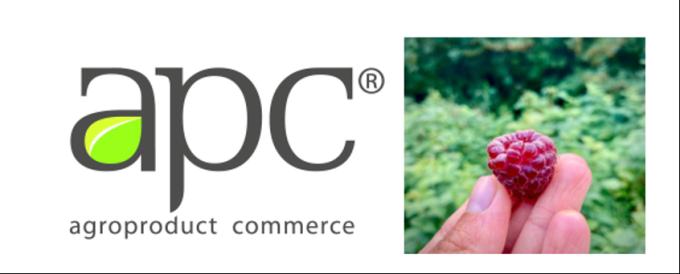Period
2018 - 2018
The Nefta Basket restoration project in Tunisia showcases a successful collaboration to revive a degraded oasis. Led by Club Unesco Nefta, a coalition of stakeholders implemented a comprehensive action plan, resulting in the creation of an association for the sustainable management of the oasis. Financial support facilitated agricultural and eco-tourism initiatives, empowering local communities and promoting economic resilience. Technical assistance enabled the adoption of sustainable practices, leading to increased productivity and biodiversity conservation. Restoration efforts revitalized watercourses, rejuvenated ecosystems, and boosted agricultural activity. The resurgence of eco-tourism transformed the Nefta Basket into a popular destination, driving economic growth and raising awareness of biodiversity conservation. From cleanup and soil restoration to water management and ecotourism infrastructure development, the Nefta Basket project serves as a model for sustainable development initiatives.
You must be registered to see all the content
Identification needs
For two decades, the oasis of Ras ElAin has been experiencing serious problems of erosion and desertification. Formerly, this small oasis was an arboretum of open-air oasis biodiversity which contained a very diversified genetic heritage and hosted an agricultural activity based on local know-how. Besides, it was a very attractive natural site for visitors to the city of Nefta. The Basket was also the original site of the water sources that once irrigated the entire palm grove of Nefta. There were then about 150 water sources gushing from the bottom of this basin, hence the name of Ras ElAin. These natural springs had dried up and irrigation water was diminishing. The abandonment of a significant area of the Basket had led to the decline of the planted area. In addition, the drying-up of natural water sources and the lack of irrigation water limited agricultural activity, which led to the disappearance of varieties of palm trees and fruit trees. The lack of maintenance of the sewers and the discharge of construction waste created significant pollution in the Basket and had the effect of reducing agricultural income as well as the tourism business.
Stakeholder change
Aware of the urgency of the situation, the Club Unesco Nefta took the initiative to set up a working group to define a diagnosis of the Basket situation. This group was made up of research institutes (IPGRI, CRRAO), interprofessional organizations (GID, GIF) and state representatives (CRDA Tozeur). The plurality of multidisciplinary actors made it possible to develop a participatory action plan. A rehabilitation document was developed that served as a reference for a broader mobilization for the rehabilitation of the Basket. To ensure the management of the space and guarantee the sustainability of the action, an association for the sustainable management of the oasis of Ras ElAin was created. It is made up of farmers and inhabitants of the area. To support the owners of the site, several agricultural and eco-tourism micro-projects were financed to strengthen the socio-economic dimensions of the nursery place, local restaurants, refreshments that are installed all along the trail. The farmers were supported in technical aspects through advice and training involving several organizations such as the CRRAO, the CRDA or the international NGO CARI.
Change triggered
The basket has undergone a real metamorphosis; satisfaction is almost general, the water has resumed its normal course, the ecosystem has regained its balance and biodiversity has once again become a space for living, sharing and walking. The site has given new dynamism to ecotourism, the basket has become an essential stopover in the tourist circuit of the city of Nefta. The number of visitors is in the thousands and continues to increase every year. The project resulted in: 1) raising public awareness of the importance of biodiversity 2) restoring and safeguarding oasis biodiversity in the Basket 3) improving farmers' income and land value 4) creating several eco-tourism activities around the basket (guest house, horse-drawn carriage rental, cycling, camel rides…). In addition, the creation of a new borehole and the improvement of the basin’s irrigation water capacities have motivated the return of agricultural activities throughout the year (market gardening, vegetables, fruit trees…). This good practice has been replicated in other palm groves such as the Ras ElOued palm grove in Gabes (South east of Tunisia).
Short description
Thanks to a multi-stakeholder mobilization, the Nefta Basket was revitalized by giving it an agricultural, cultural and touristic dimension. Chronologically, the redevelopment began with the interventions of the CRDA Tozeur and the GID for the cleaning of oasis waste, facilities for protection against erosion and landslides, then the development of the tracks and the terracing of the land. These physical "beautification" and protection works are the starting point for the development of the site. Subsequently, significant work on the restauration of agricultural land and biodiversity was carried out. The soils benefited from many amendments, especially under the palm trees affected by the brittle leaf disease. Many varieties of date palms and fruit trees have been introduced. Significant work to reintroduce species has been carried out on bare plots. Finally, an entire water system was installed with the reconstruction of the central basin, the cementation of the old wadi, the creation of waterfalls and streams as well as ecotourism trails throughout the wadi. To complete the beauty of the site, ornamental plants have also been installed along the paths.


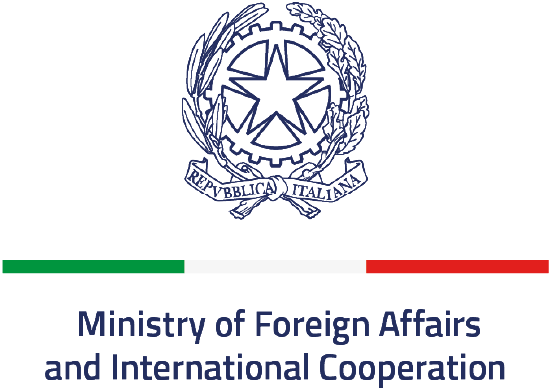
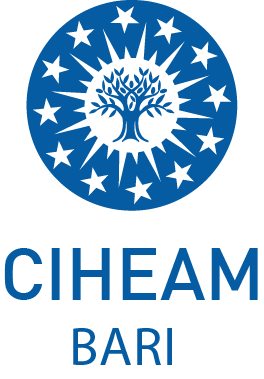






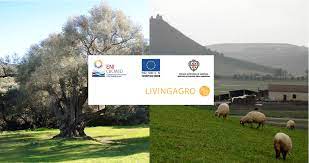
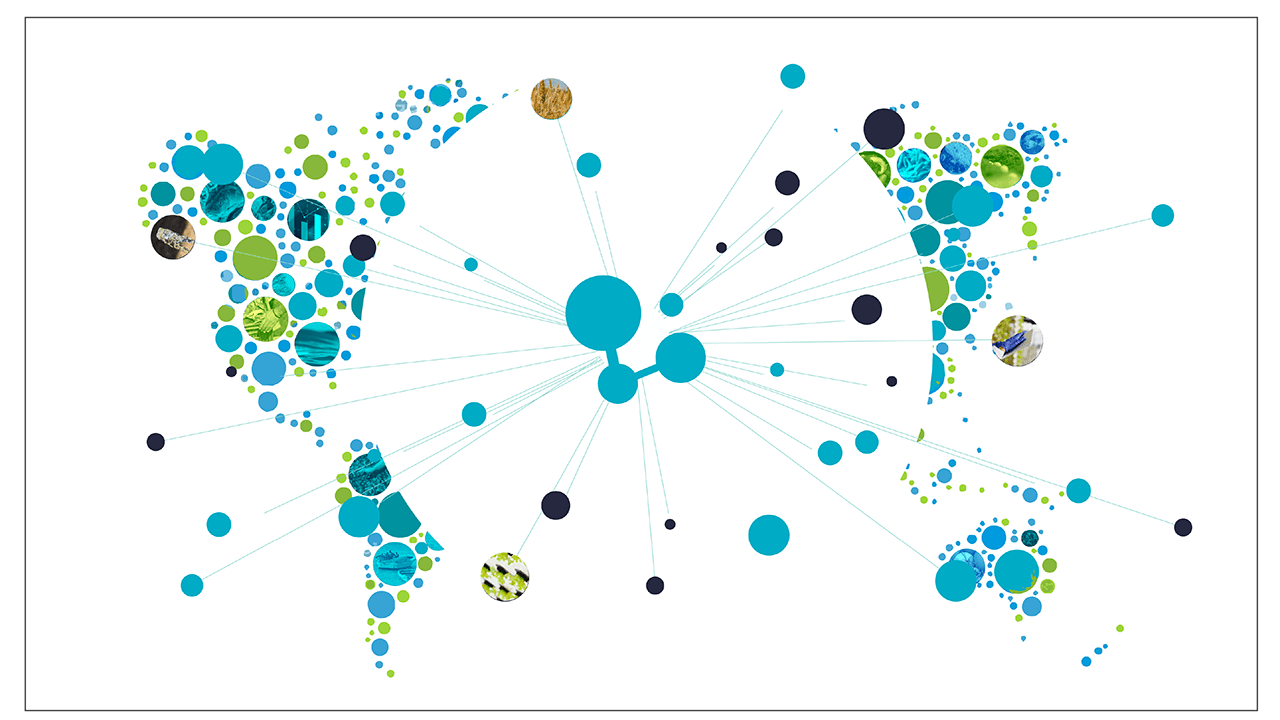
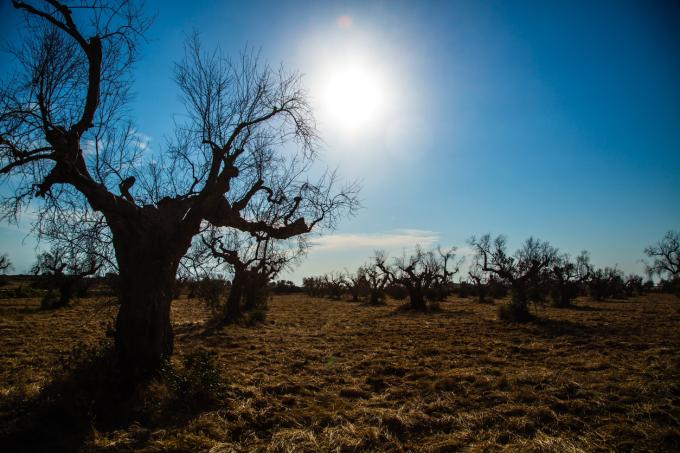
.png)
